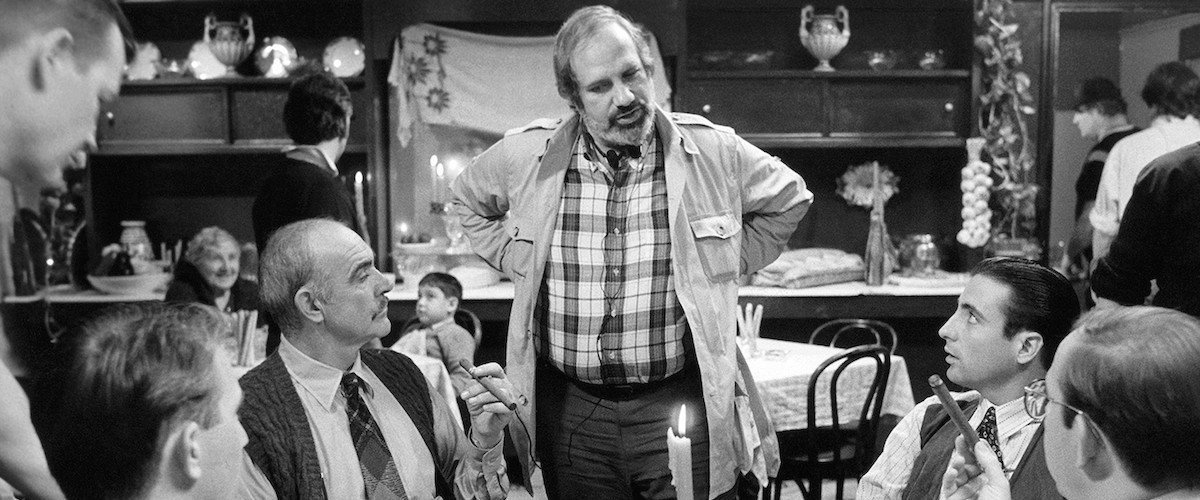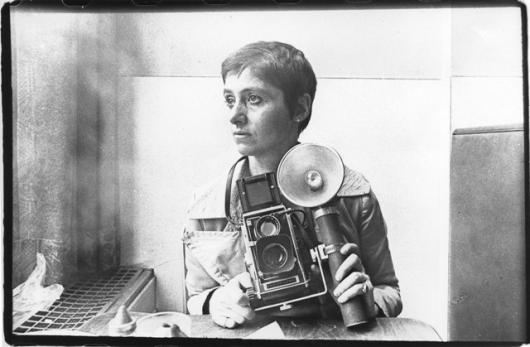From a certain
viewpoint, the story of John Grant is one of those potboilers where a highly
educated fellow is forced to confront his savage side. It’s the story of a
thoughtful, intelligent man who finds himself surrounded by aggressive
strangers and either has to join in their mayhem or be ground under their
stomping feet. But look closer, and you’ll see that the various brutes and
eccentrics in the movie aren’t merely there to torment Grant, but are there to
help him find himself. In many ways it’s a standard “dark night of the soul”
scenario, but with shadings of Franz Kafka and Dante Alighieri, and the vast Australian Outback as a stand-in for Hell.
It’s not that
Ted Kotcheff’s Wake in Fright (1971) is a movie of ideas. It’s that the
deeper, subtler stuff seems to bleed in from the sides. Grant (Gary Bond) is a
schoolteacher toiling in Tiboonda, a desolate spot which looks to be made up of
a single scuzzy hotel and a one room schoolhouse. On Christmas break he leaves
for Sydney to visit his girlfriend. As fate (and his itinerary) has it, he
stops in Bundanyabba, a mining town known by locals as “The
Yabba.” He finds himself in conversations that sound like bits from ‘Seinfeld’:
“Do you like the Yabba?” “I hate the Yabba.” “How can you hate the Yabba?” The
Yabba looks like an Old West settlement, some godforsaken pit out of High Plains Drifter where there’s
nothing do but gamble and drink. The men guzzle beer constantly, struggling to
stay hydrated in the hellish heat. Grant joins in on the gambling and drinking.
He wins money. Then he loses everything. Then, to his horror, he’s stuck in the
Yabba with no way out.
The movie more
or less works that way, following Grant as he tries to escape this infernal
town. It’s good enough, just on that level, that it’s considered one of the
defining movies of the Australian New Wave, earning Kotcheff a Golden Palm
nomination at the 1971 Cannes Film Festival. But there’s something insidious
going on that gets under a viewer’s skin, something unspoken, some quietly
sinister atmosphere that inspired critic Rex Reed to say Wake In Fright “may be the greatest Australian film ever made.” At
the time of the film’s DVD reissue in 2012 (the first time it had been available
to the public in decades) Martin Scorsese described it as “a deeply -- and I
mean deeply -- unsettling and disturbing movie.”
Bond is one of
the keys. In his lightweight cotton suit, with his tousled hair, he’s an
unlikely hybrid of Peter O’Toole and Jon Krasinsky. He’s not quite big enough
to fit in with the lugs of Bundanyabba, but he’s not cultured to the point of
uselessness. He drinks a beer down in the same gulping manner as his hosts, and
once he gets the hang of “Two-up,” the local betting game which involves
flipping two coins in the air, he shows that he’s just as rabid and conniving
as any Yabba man. Then, in a dark cantina that appears to serve nothing but burnt
steaks, he meets the mysterious Doc Trydon (Donald Pleasance, in an absolutely
scene-stealing performance). Doc, who wolfishly takes food left on Grant’s plate,
is obviously a lot smarter than the other Yabba residents but he’s pissing his life away, too. Doc
explains that the locals look upon him as an exotic because he’s educated. “I’m
a character,” he says.
Practically
everyone in the Yabba is a character. Jock Crawford (Chips Rafferty) is the
sort of beer-bellied, aggressively friendly policeman we know from the crime
novels of Jim Thompson, an authority figure who seems pleasant enough but might
arrest you for saying the wrong thing. Crawford tells Grant that not much
happens in the Yabba except the occasional suicide. Maybe, Grant says, that’s
the only way to get out of town.
The story turns
a corner when the down and out Grant is invited to the home of Tim Hynes (Al
Thomas). Hynes is meek, but his rowdy friends like to roughhouse. Hynes also
has a daughter Janette (Sylvia Kay), who charms Grant with her aloof, distant
persona. One of Hynes’ Neanderthal buddies watches Grant and Janette talking.
He growls, “He’d rather talk to a woman than drink?” But when Janette lures
Grant away for a sexual encounter, the drunken Grant can only vomit. He ends up
at Doc’s place, where Doc explains he’s had his own dalliances with Janette,
and that people shouldn’t be puritans. Perhaps, we wonder, Doc has landed in
the Yabba to enjoy a sybaritic lifestyle that he couldn’t find elsewhere. His
nasty little fly-blown shack is the lair of a man who has hit bottom, though he
seems happy enough.
Like many
movies of this sort, from Deliverance
to Straw Dogs, Wake In Fright includes a prolonged scene of shocking violence. It
involves a kangaroo hunt, which lasts long into the night. Doc and company
shine spotlights on the poor creatures and blast them like targets in a shooting gallery, laughing all the way. Grant
goes along, and is swept away by the freewheeling madness of the night.
Kotcheff filmed an actual kangaroo hunt for authenticity; the result is unsettling. The kangaroos only
stare at the hunters, unsure of what’s going on, before being popped. As the
life force leaves them, they wilt like deflated balloons. When one kangaroo
sits wounded, Grant is coaxed by his bullying companions to finish the job with
a knife. He does so, but the dying animal puts up a fierce battle. Later on, a
playful wrestling match between Doc and Grant (acting out Grant’s struggle with
the kangaroo), turns violent, then weirdly sexual. What exactly happens? We
don’t know. Grant seems uncomfortable when he leaves the next morning. Doc
says, “Bye.” What’s in Doc’s voice? Sweetness? Concern?
Grant cadges a
ride on a truck “heading for the city,” but only ends up back in the Yabba. “I
said I was going to the city,” says the driver. “I didn’t say which city.”
Grant begins to unravel. He wanders aimlessly, a man lost in the desert. He
stumbles all the way back to Doc’s, and waits, a rifle on his lap, ready to shoot
either Doc or himself. But we can tell from Bond’s performance that suicide or
murder won’t solve whatever has driven him into this hole.
Wake In Fight avoids the usual showdown you’d see in a lesser movie. It would be silly
if Grant went toe-to-toe with one of the locals, because the movie isn’t set up
that way. Instead, Kotcheff piles on more questions, more mystery, more images
that haunt. The film is as enigmatic as the human mind itself.
Grant winds up
back in Tiboonda, returning to the dank hotel where he’d lived at the movie’s
start. He doesn’t seem angry at not connecting with his girlfriend in Sydney. Was
Grant a homosexual, needing a few nights in the Yabba to realize that part of
himself? If not, how does he resume his life now?
Some answers
may be found in Doc. When they first meet, Doc chides Grant for his snobbery.
Doc’s point becomes clearer as the movie goes on: the locals are ignorant, but
in their own crude way they’re friendly and helpful. Later, when Grant is badly hurt, it’s Doc who brings him
to a hospital, and then to the train station back to Tiboonda. Doc may be
sphinx-like, with the sexuality of a junkyard dog, but he’s not a bad bloke,
all things considered. Is he Grant’s alter ego? Spirit guide? If Grant spent
enough time in the Yabba, would he eventually become something like Doc, a
local character living on kangaroo stew and a kind of unzipped glory?
Maybe there’s
an answer in the Outback, shot with blinding detail by cinematographer Brian
West. To Americans, the massive Outback is like an endless lunar landscape
designed to drive people mad, or swallow them whole. Australians must think
this, too, for more than one classic Australian movie has to do with people
disappearing out there. Did John Grant vanish in the Outback? And did a new
John Grant return to Tiboonda? The sun-bleached bones he keeps seeing as he
fumbles around in the arid heat may as well be his own, because a man like Grant
doesn’t spend time in the Outback without leaving something of himself behind.
And am I the only one who thinks Grant will someday return to the Yabba?






_015.jpg)